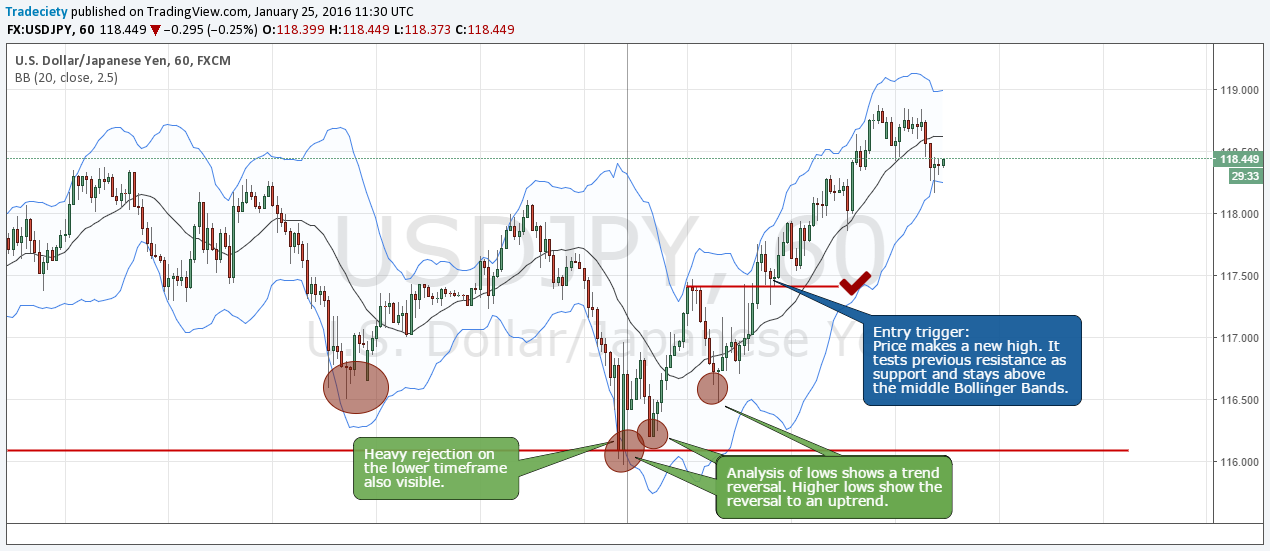Solar Innovations and Trends
Your source for the latest in solar technology and energy solutions.
Why CS2 Players Fear the Trade Reversal Timeline
Discover why CS2 players are anxious about the Trade Reversal Timeline and how it could impact their gameplay. Don't get left behind!
Understanding the Trade Reversal Timeline: Why CS2 Players Are Concerned
The trade reversal timeline in Counter-Strike 2 (CS2) has become a hot topic among players recently, raising concerns about the impact on the game's economy and overall trading experience. As players rely on in-game item trading, any delays or uncertainties in reversal processes can lead to financial losses and frustration. Understanding this timeline is crucial for players who want to navigate the trading landscape effectively and avoid being blindsided by potential issues.
Players are particularly worried about the transparency of the trade reversal system, fearing that unclear timelines may result in unexpected changes to their inventory. To address these concerns, the community has been vocal about the need for better communication from developers regarding the timelines involved. With trade reversals potentially affecting player engagement and satisfaction, it is essential for CS2 developers to provide clear guidelines and updates to help alleviate these concerns and foster a more stable trading environment.

Counter-Strike is a highly popular tactical first-person shooter game series that pits teams of terrorists against counter-terrorists in various mission scenarios. Players can engage in competitive matches or casual games, utilizing strategy, teamwork, and individual skill to achieve victory. If you're interested in trading in-game items, you might want to learn how to reverse trade cs2 to enhance your gameplay experience.
The Impact of Trade Reversal on CS2 Gameplay: What Players Need to Know
The recent trade reversal feature in CS2 gameplay has been met with mixed reactions from the gaming community. Many players are curious about how this change will affect their in-game strategies and overall trading dynamics. The trade reversal allows players to undo a trade decision within a short time frame, promoting a more cautious approach to item exchanges. This means that players must now consider not only the immediate benefits of a trade but also the potential consequences of going back on their decisions. Understanding this new mechanic is crucial for maintaining a competitive edge in the evolving landscape of CS2.
As players adapt to the trade reversal feature, it’s essential to rethink strategies surrounding item trading and player interactions. Here are some key points to consider:
- Evaluate the timing of trades more carefully.
- Communicate effectively with trading partners to ensure clarity.
- Emphasize trust and integrity in transactions, as revisiting trades may create opportunities for disputes.
Is the Trade Reversal Timeline a Threat to CS2's Economy?
The introduction of the Trade Reversal Timeline in Counter-Strike 2 (CS2) has sparked intense debate among players and analysts regarding its potential impact on the game's economy. Many contend that this new feature is a double-edged sword. On one hand, it promises to enhance the fairness of trades, allowing players to rectify mistakes and prevent unfair losses. However, critics argue that the constant availability of trade reversals could lead to a volatile in-game economy. With players able to swap items back and forth so easily, the perceived value of skins and other items may diminish over time, creating instability in the market.
Moreover, as the economic mechanics of CS2 are closely tied to player engagement and investment, any changes introduced by the Trade Reversal Timeline could reshape player behavior. If players know they can easily reverse trades, they might feel less inclined to take risks or invest in trading items, resulting in a stagnation of the in-game economy. To ensure a healthy economy, it will be crucial for developers to monitor player interactions closely and adjust the trade mechanisms as needed. Ultimately, the long-term implications of this feature could be significant, potentially posing a threat to the robust trading culture that has historically defined the Counter-Strike community.